There was indeed a Rubber Restriction Committee in Sarawak.
In 1934, Sarawak joined the International Rubber Regulation Agreement, (IRRA) under pressure from the British Colonial Office. All new planting was forbidden and rubber tapping holidays were declared every fourth month.
Together with the Sarawak Chinese Chamber of Commerce, Rubber tapping holidays could be declared, for example up to 16 days to control the production of rubber and to keep the prices high.
One such rubber tapping holiday was declared between 27 October and 16th Nov 1935 (Sarawak Gazette)

The Foochows called Rubber Tapping Holiday as Ding Kak (Stop tapping) and the farmers would concentrate on their rice and vegetable farming.
The words of the Rajah was law, and it was quite difficult for the Foochows to make sense of everything. It was hard going for most of those who depended on rubber for a living. some even had
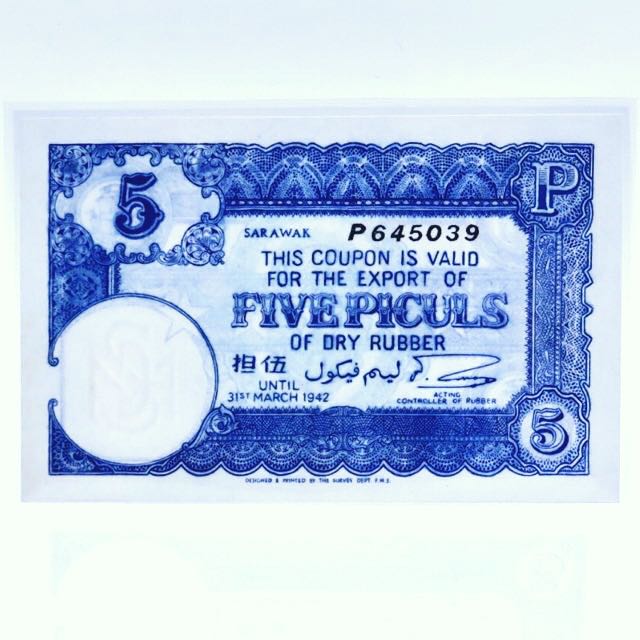

to buy more land to cultivate rice.
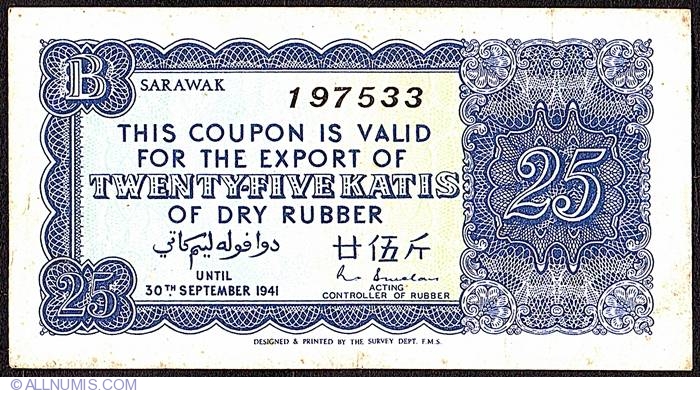


Another restriction for rubber industry was the introduction of Export Coupon. It was not easy as what people think about the Foochows getting very rich by leaps and bounds. Much of their efforts were curbed too by law and regulations of the Rajah and the International Community.
Source : Sarawak Gazette and other reference books.
Thankful to all my pioneering elders for telling me stories.
![Anyone flown the Wessex? [Archive] - PPRuNe Forums](https://cimg6.ibsrv.net/gimg/pprune.org-vbulletin/749x610/kent_22546911bce41d31cf31314e151e5d67ec13f225.jpg)
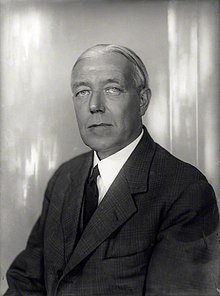
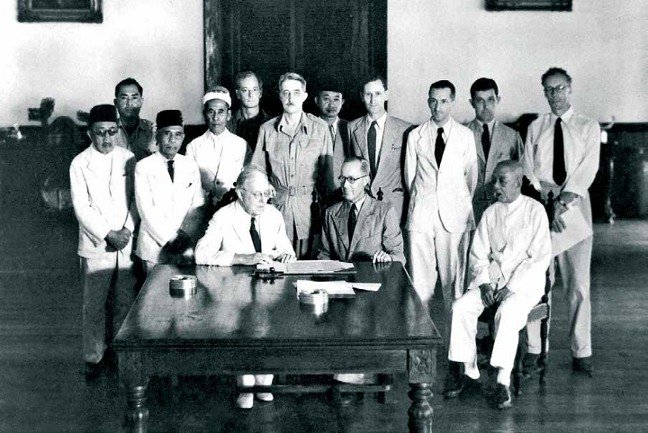








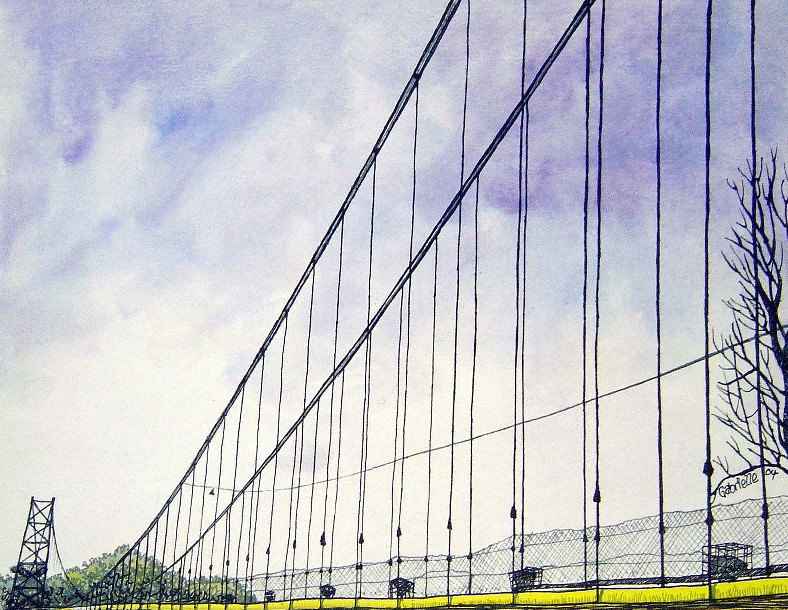










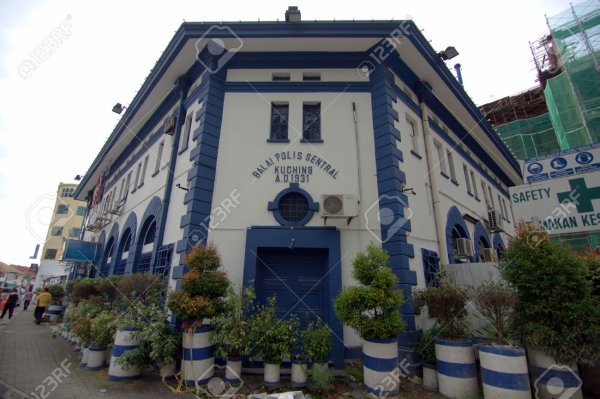

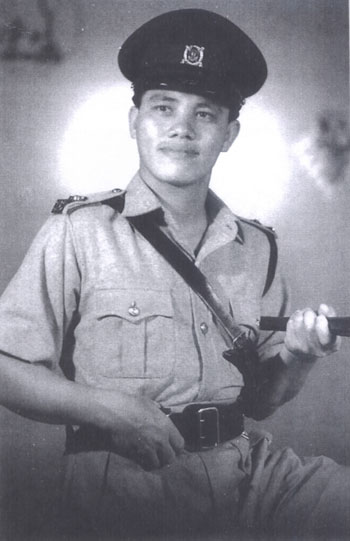



 The Iban Radio Announcer and the then Chief Minister of Sarawak. Datuk Kalong Ningkan
The Iban Radio Announcer and the then Chief Minister of Sarawak. Datuk Kalong Ningkan



 Canon in Kuching.
Canon in Kuching.
